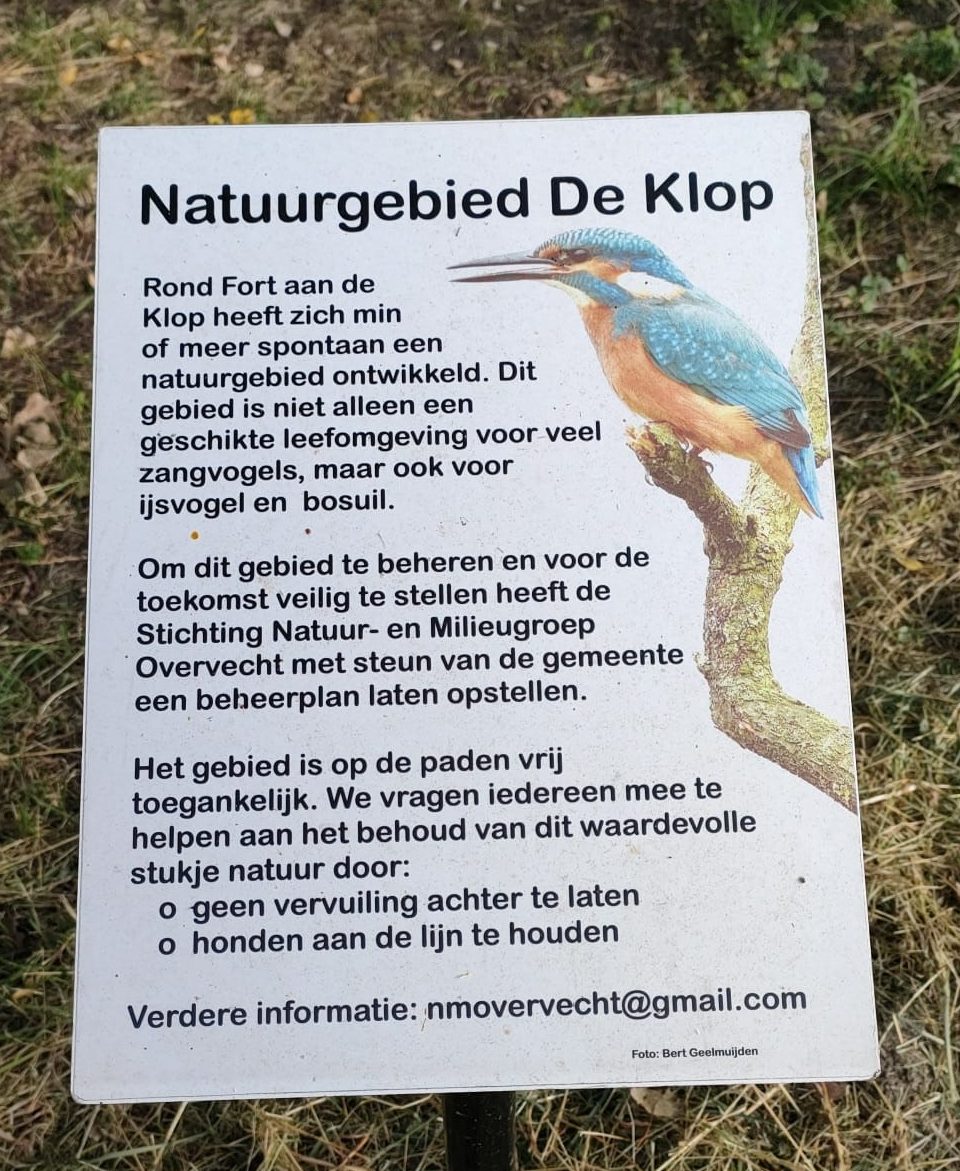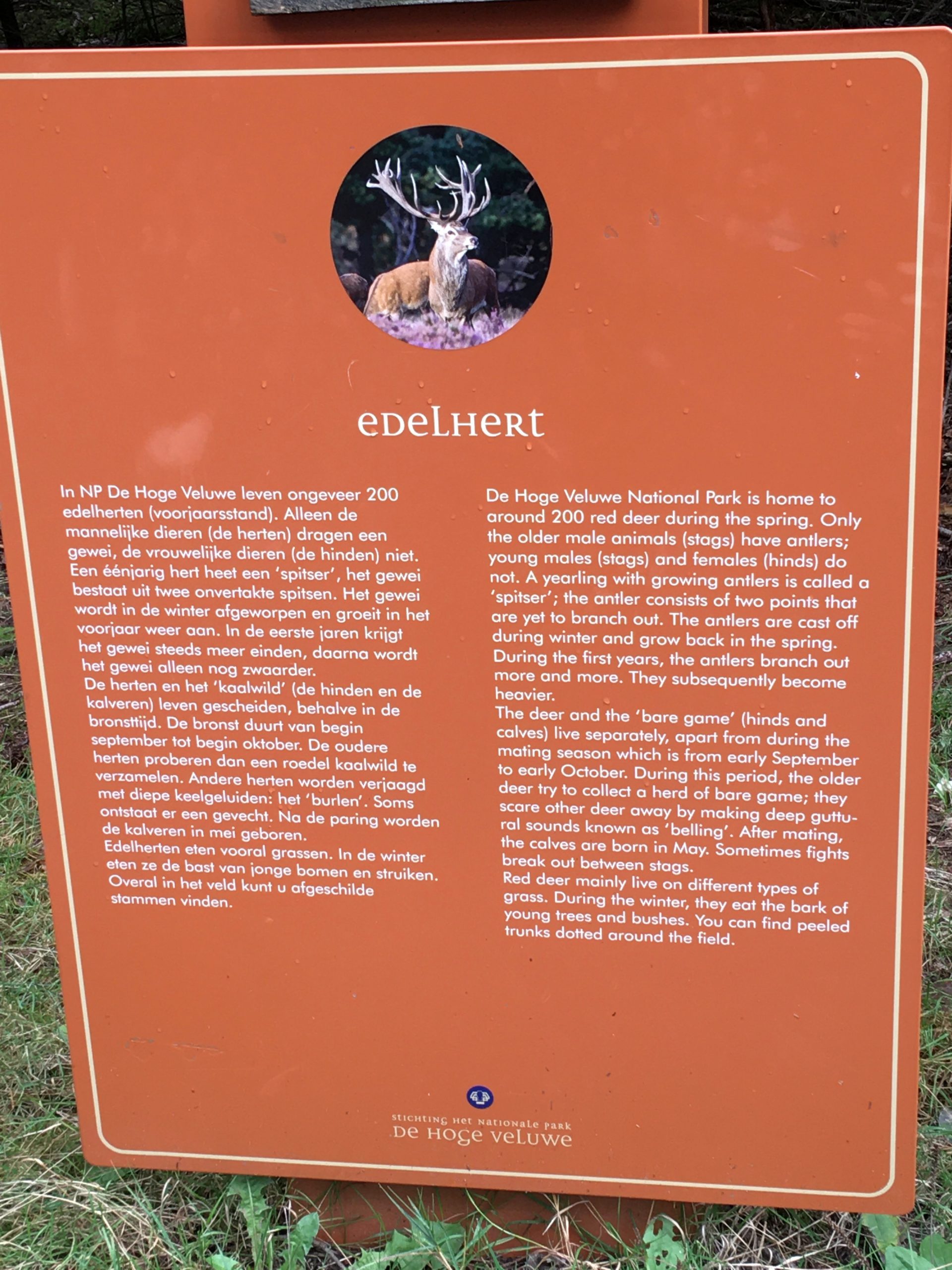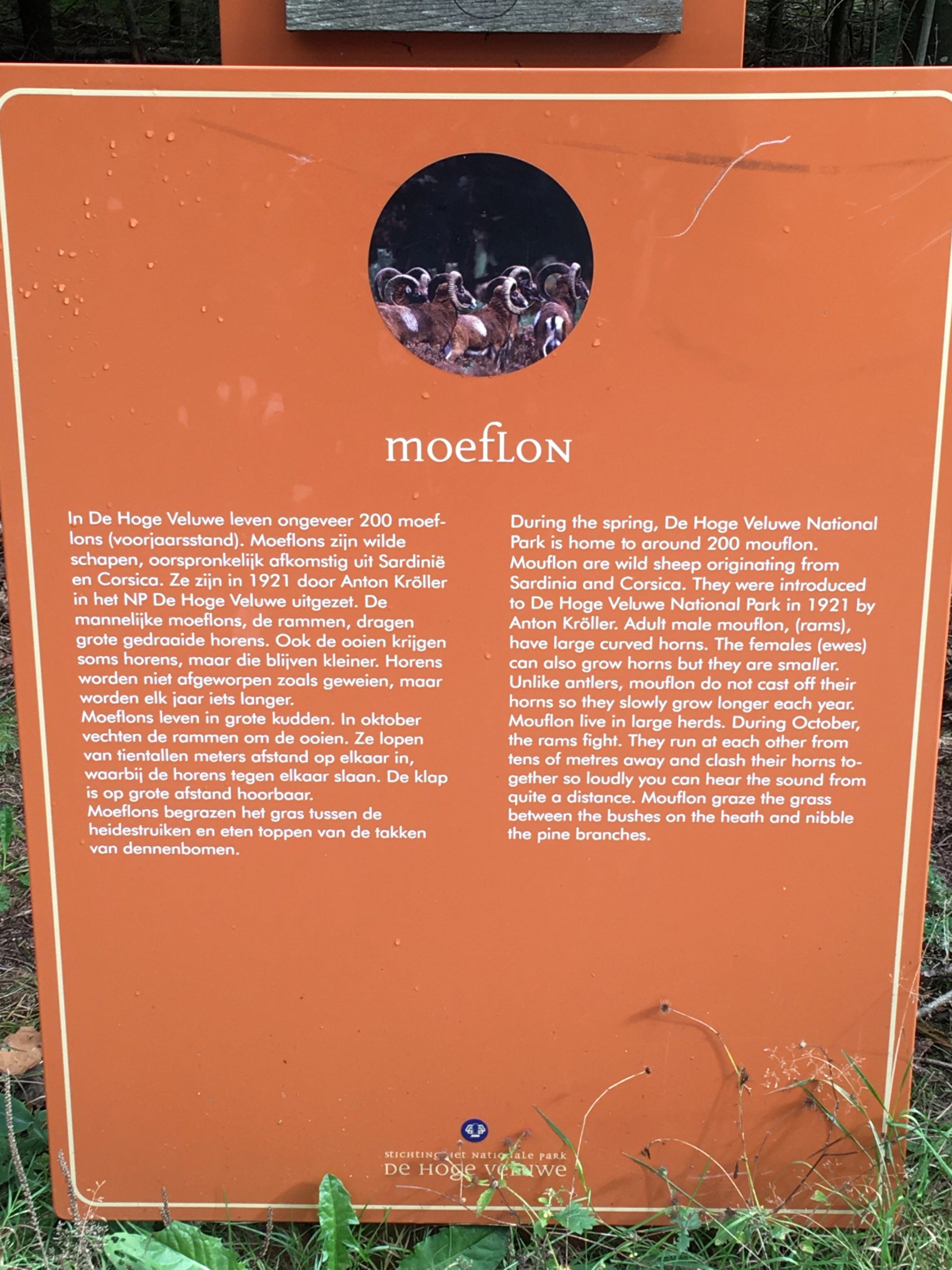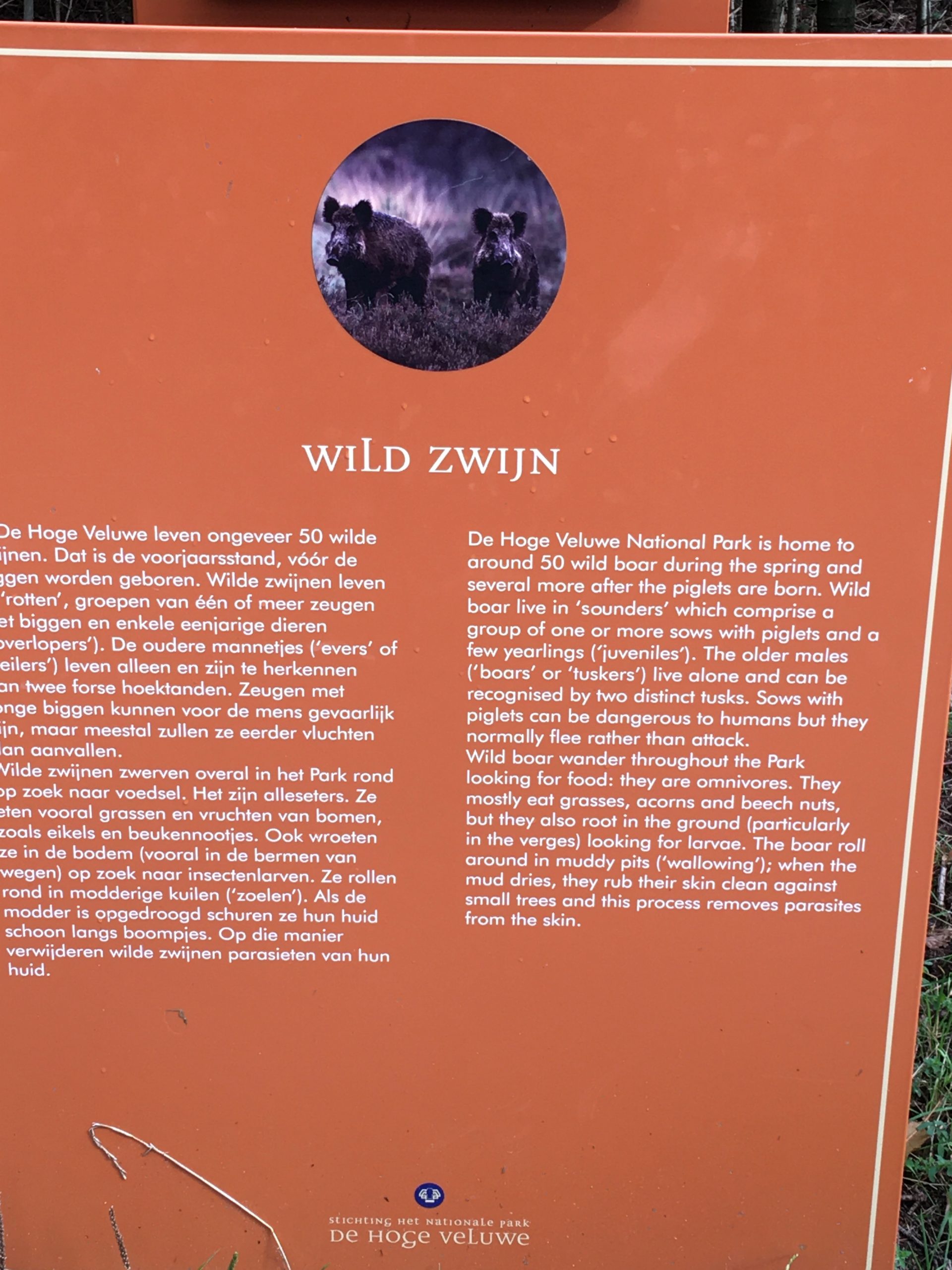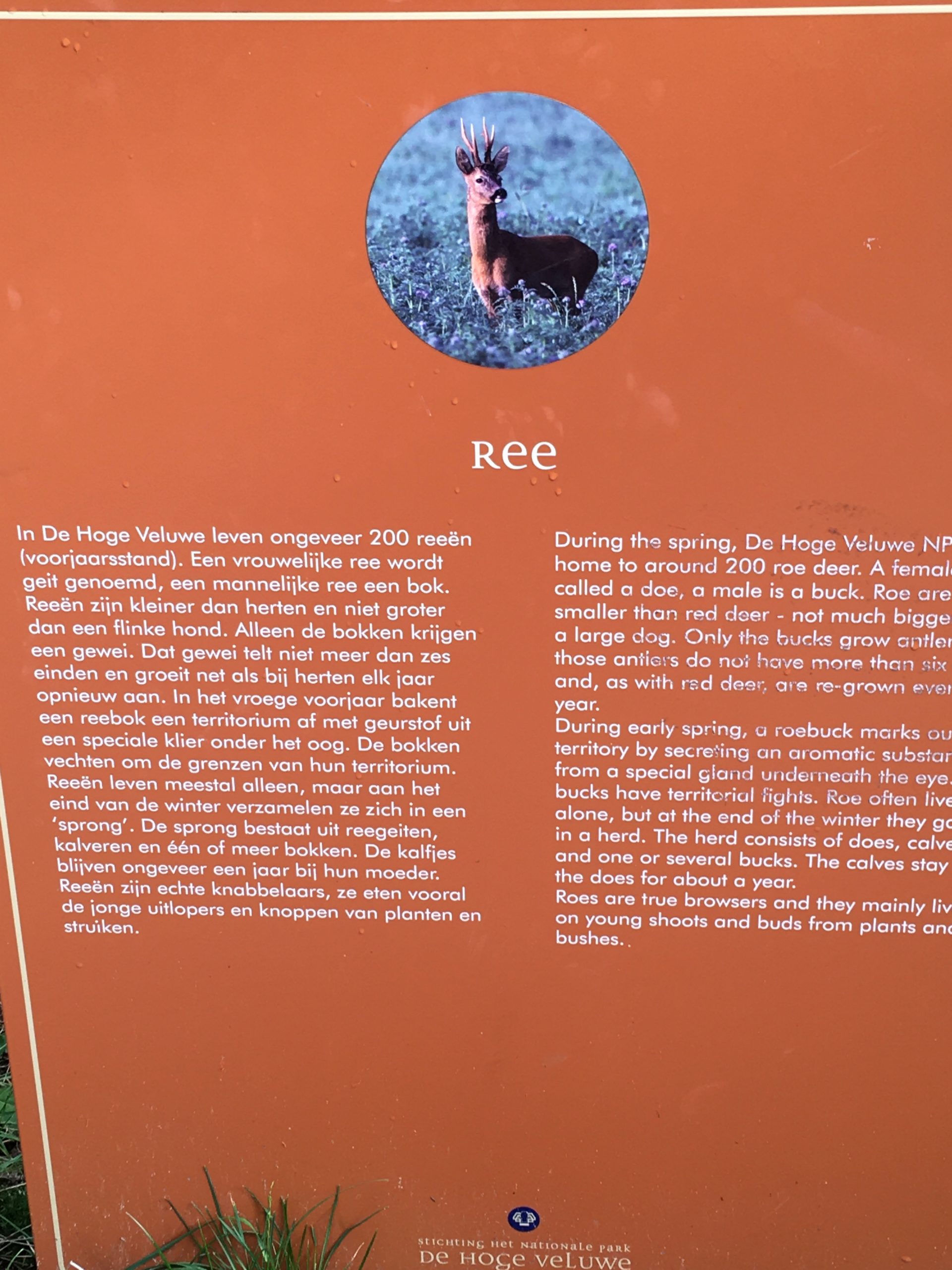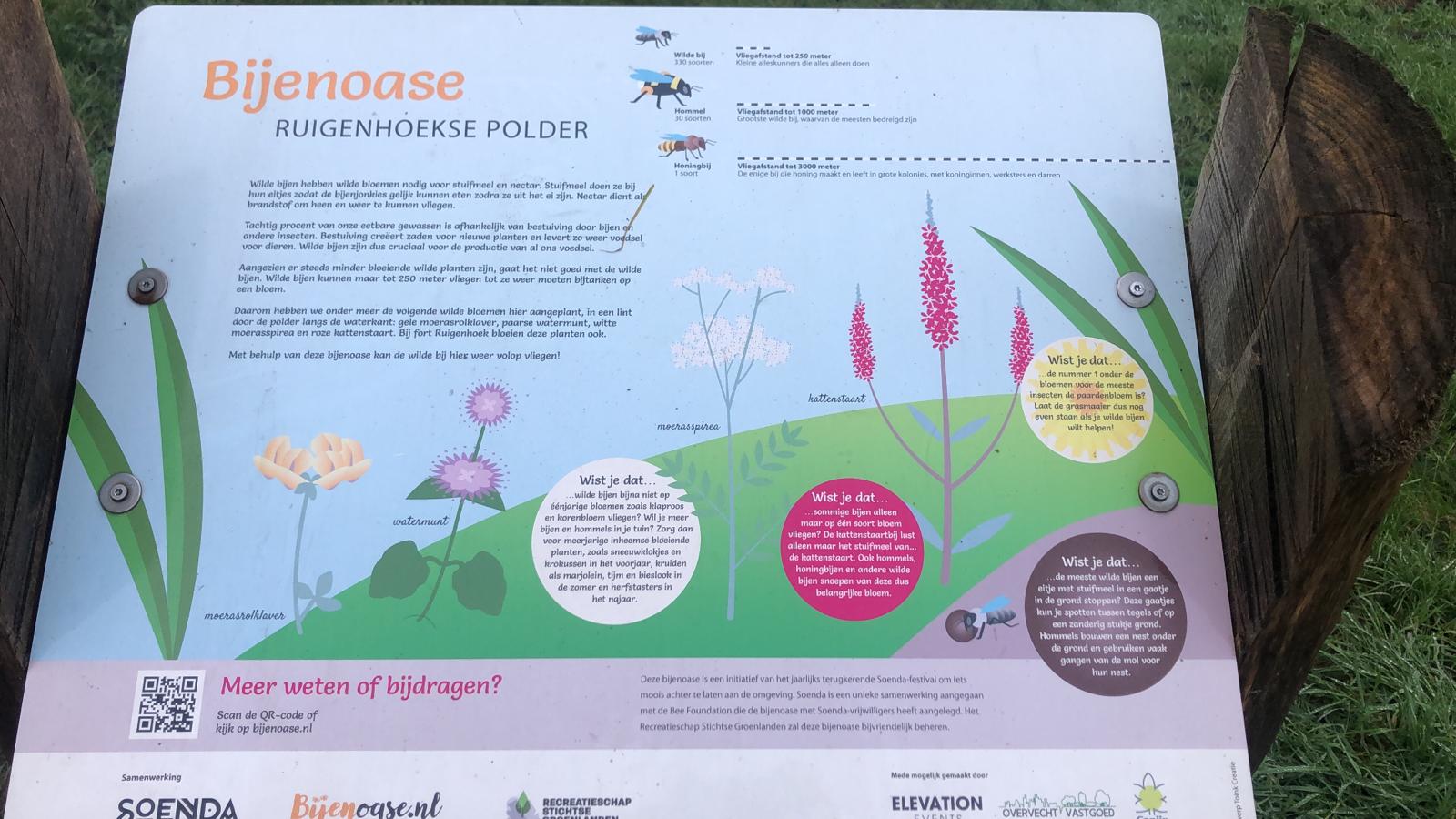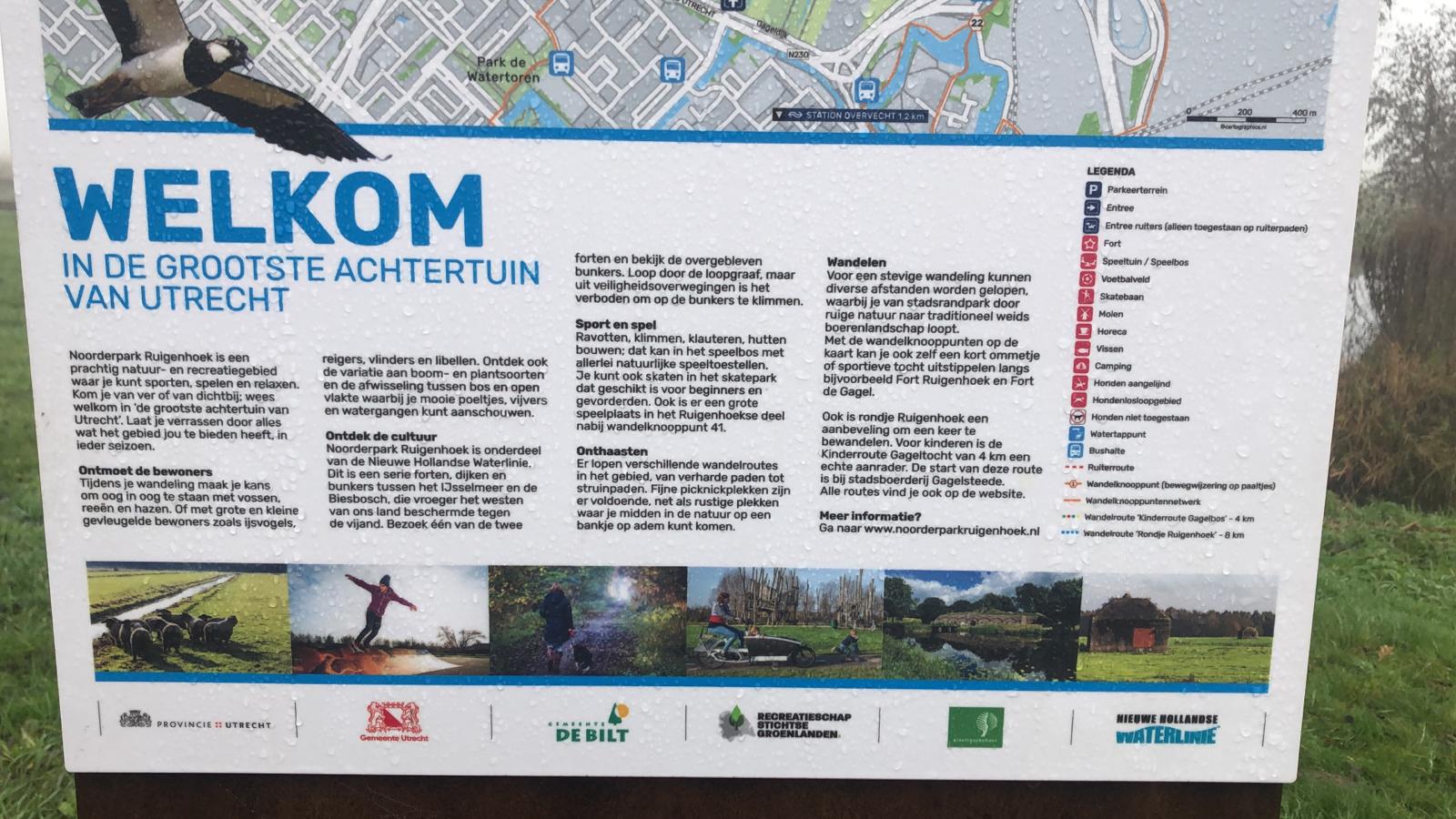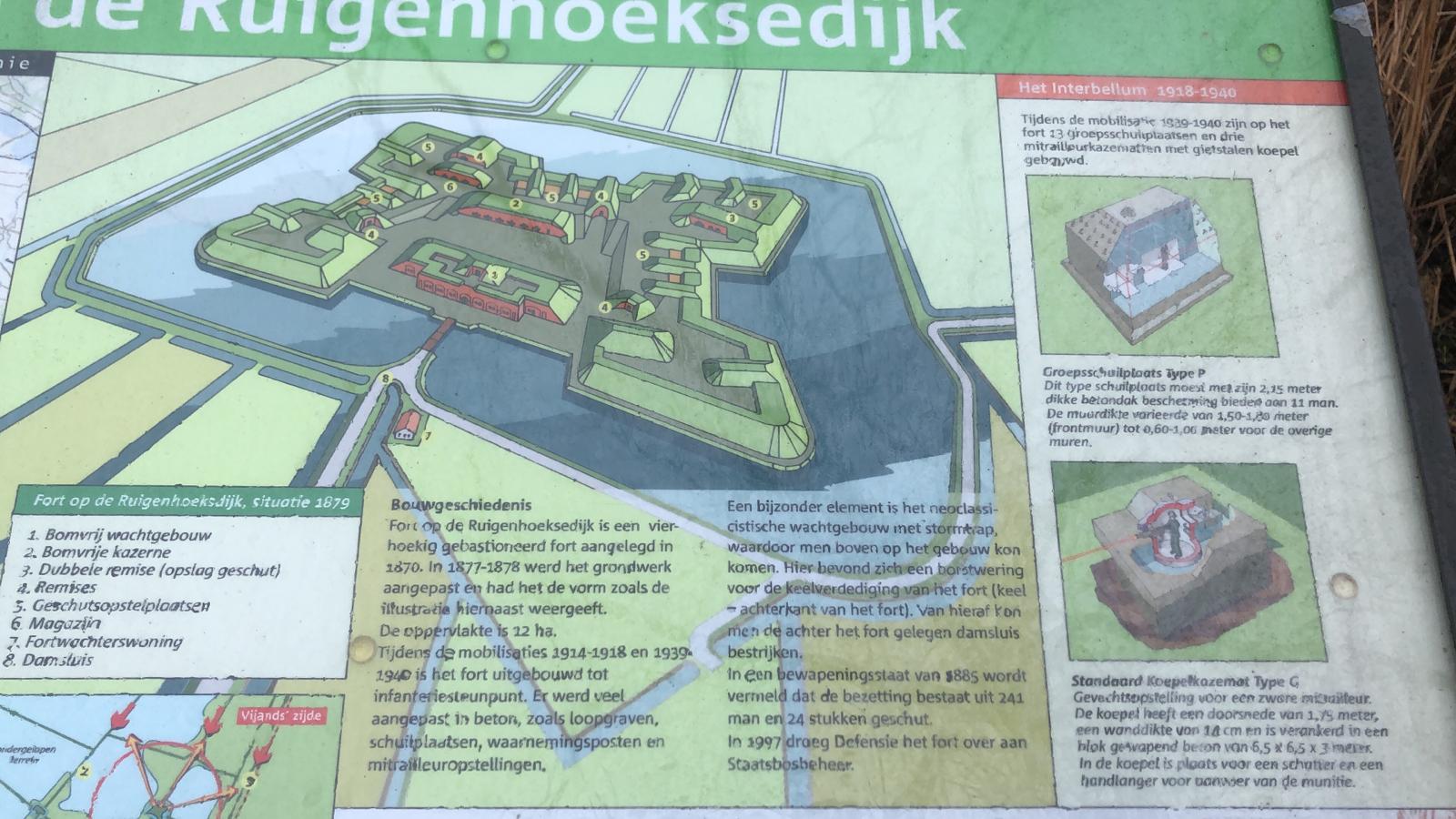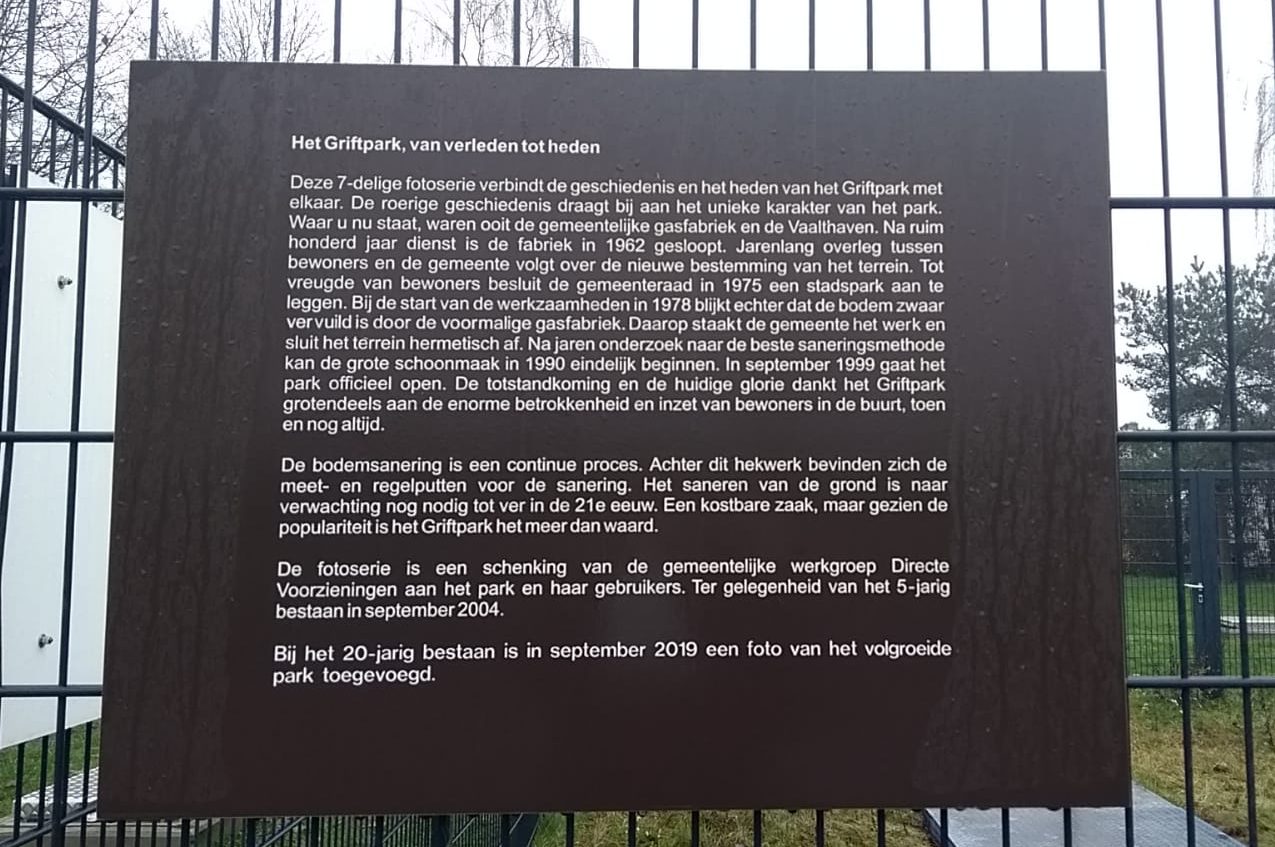Nature reserve De Klop
Nature reserve De Klop A nature reserve has developed more or less spontaneously around Fort aan de Klop. This area is not only a suitable habitat for many songbirds, but also for the kingfisher and tawny owl. In order to manage this area and to secure it for the future, the Stichting Natuur- en Milieugroep […]

